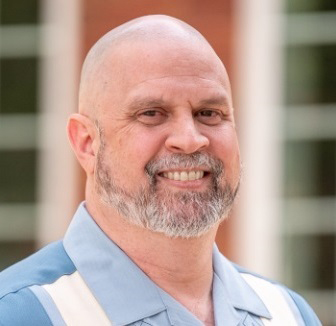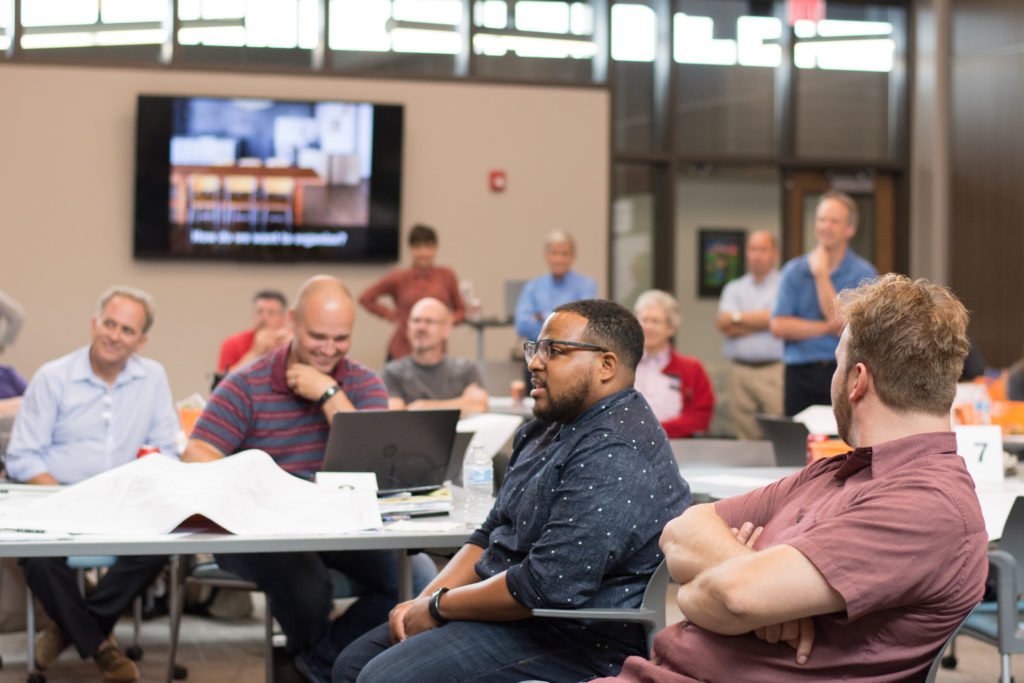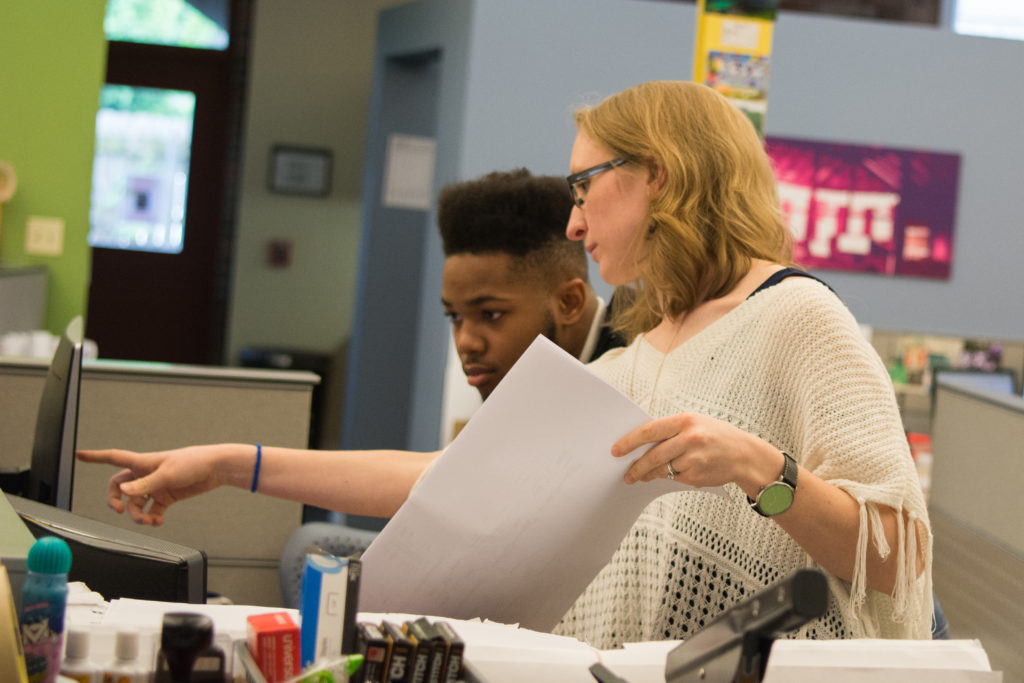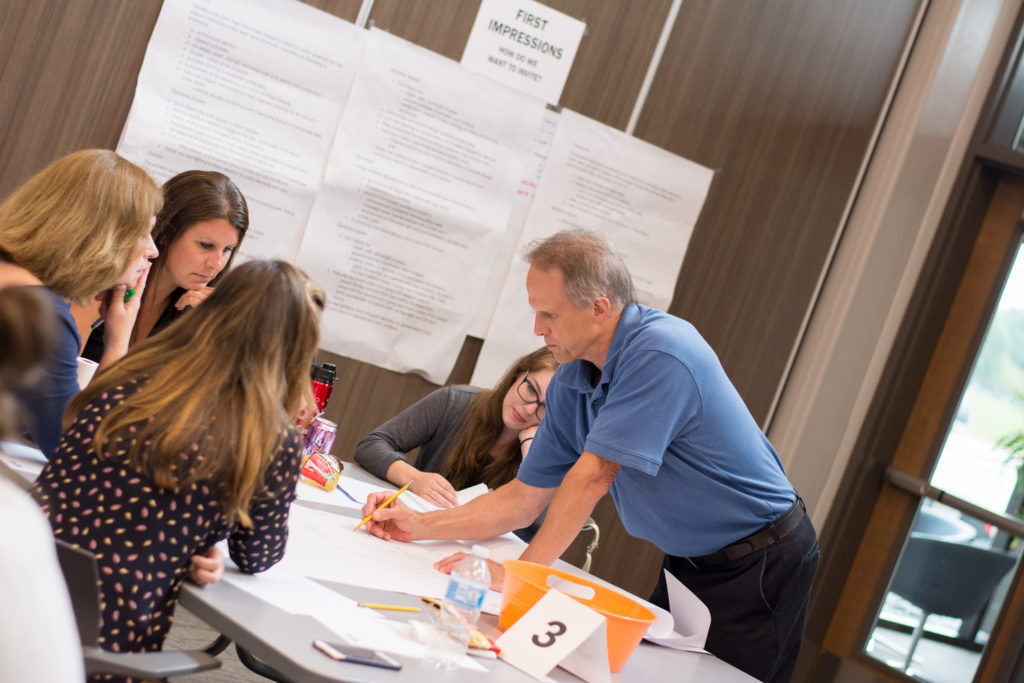North Ridgeville Visual Preference Exercise
The new North Ridgeville High School project took a significant step forward with a dynamic community engagement on April 10. ThenDesign Architecture hosted the pivotal “Meet the Architect” event at the North Ridgeville Academic Center, drawing a crowd of over seventy residents. This event provided a platform for the community to hear an update on the construction project, meet the design team, and ask questions. Importantly, it also allowed residents to voice their preferences for the school’s exterior, underscoring their role in shaping the project.
Central to the evening was the Visual Preference Exercise, a key tool in the decision-making process. This development technique is designed to gather valuable community input on physical design alternatives, ensuring that the preferences of the North Ridgeville community are considered during the design process.
Important Community Feedback
Several boards were staged with options for attendees to choose which aesthetic style best fits North Ridgeville. By placing green stickers to designate their visual preference, participants informed the design team which side-by-side options were most appealing. They could then add details regarding why they chose this option.
TDA Project Architect Claire Bank values this critical feedback from teachers, students, and residents. The information influences the development of architectural decisions. Working closely with Superintendent Roxann Ramsey-Caserio and the school district, TDA designers will continue to advance the look and feel of the new North Ridgeville High School based on the opinions of the local community.
For updated information on the construction progress, visit the North Ridgeville Construction Project website.
Visual Preference Exercise with North Ridgeville City Schools & TDA
Community Feedback Still Needed
For interested North Ridgeville residents who could not participate in the Visual Preference Exercise, there is still time to voice your opinions by visiting this survey link. Your continued involvement is essential for making the new North Ridgeville High School successful.
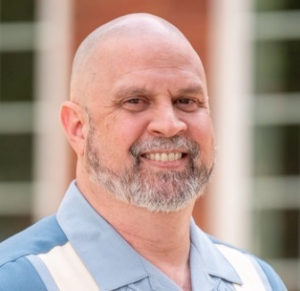
Marc Cebrian
Communications
Get our newsletter with insights, events and tips.
Recent Posts:
Brunswick High School Senior Seminar Presentations
New Mentor High School Baseball Field Opens
North Ridgeville Visual Preference Exercise
Meet the Designers: Katherine Mitchell
Garfield Heights High School Stadium Groundbreaking
Gilmour Academy Student Commons Renovation
TDA Article Featured in BASA’s AdminiScope
